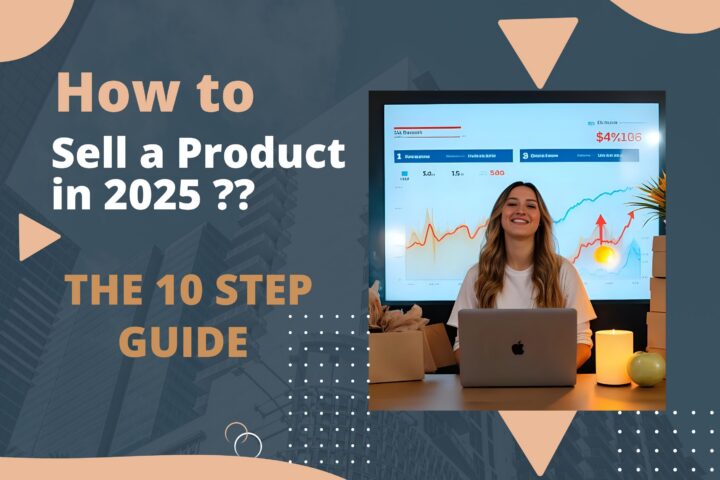When starting a business, you can’t accurately market your products and services without knowing your target audience. If you market to customers outside this group, you could be wasting money and resources on irrelevant leads. This is why it’s crucial to establish your audience early into your startup business. Here are some tips to help you determine your business’s target audience so that you can create more relevant marketing materials and encourage more sales.
Examine Your Market and Industry Trends
The types of products and services your business offers usually appeal to a specific range of customers. Products and services benefit certain customers and meet their needs in unique ways. Some products may appeal to a broader audience, such as a specific gender or age group. Others may have very niche groups, such as homeowners or those who enjoy a certain hobby. You can glean lots of information based on the products and services your business offers.
Use Visitor Tracking Tools
There are several customer tracking tools and software that you can use to better understand your current customer base. Analyzing your current customer base is also vital for forming your target audience, as you wouldn’t want to exclude your current shoppers from future marketing. Platforms like Google Analytics for online stores and the POS system your retail store uses can help you collect and analyze information on your customers. This way, you analyze your target audience.
Analyze Your Competitors’ Audiences
Your business’s direct competitors can also offer insight into your ideal target audience. You can use customer tracking tools to analyze your competitors’ marketing and analytics, which will help you gain a better understanding of who they’re targeting. Even looking at your competitors’ websites to see what type of imagery, language, and other marketing they use can help you know your audience.
What To Do Once You Know Your Audience
Once you’ve determined your target audience, you can start to tailor your marketing and product selection to be more accurate to this group. For example, if you want to market to a Generation X audience, you could design promotional materials such as hats that appeal to Gen X shoppers. Your target audience may shift over time, so it’s also important to regularly analyze your customer base and conduct further market research, especially as your products and services evolve.
Now that you know how to determine your business’s target audience, you can set your marketing team up for success. With this information, you can create targeted media that’ll result in more engagement and attract more customers to your business.









